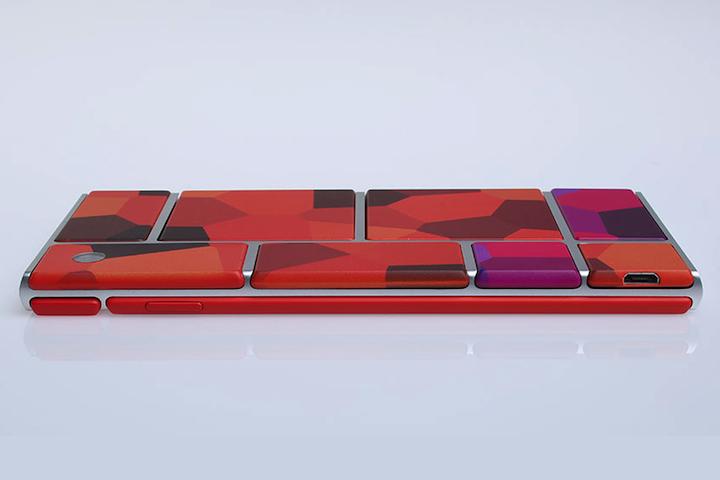
Motorola launched Project Ara in October, telling us all about its plan to produce a modular smartphone, where we’d be able to connect different components onto a customizable chassis, almost like building a smartphone from Lego. Project Ara took another step closer to reality late last week, after a partnership between Motorola and 3D Systems was announced.
Printing specialist 3D Systems has been tasked with creating the platform on which Project Ara’s chassis and components will be produced. This is going to be a highly complicated process, as parts could potentially be made from many different materials, and 3D Systems says it’ll need to expand its printing capabilities to meet the demands. Motorola has put Project Ara in good hands too, as 3S Systems is the firm responsible for making the first working 3D printer, more than 20 years ago.
Although the language in 3D Systems’ press release on the matter isn’t clear, it sounds like neither company wants to hold back owners of Ara phones, and could provide the opportunity for those with the right equipment to build components at home. This is a fascinating offshoot of Project Ara, where the development community built around apps could potentially expand out into component production too. Take a look at this sunshade for Google Glass to see how 3D printing can enable device owners to bring their product idea to life.
Project Ara is still some time away from becoming reality though. The development phase, which is 3D Systems’ first step in the process, could take up to 12 months to complete due to the complexity of the project. Should this be successful, the chassis and components may still need another few years to reach stores. Modular phones may be exciting, but they’re still very much a product of the future.
Editors' Recommendations
- New 3D smartphone technology could change photography, experts say
- Qualcomm’s long-awaited second-gen 3D Sonic fingerprint sensor is 50% faster
- Facebook 3D Photos no longer requires Portrait mode on dual-camera phones
- The Qualcomm 3D Sonic Max fingerprint sensor lets you scan two fingers at once
- Doodles become augmented reality art with Snapchat’s new 3D Paint tool


